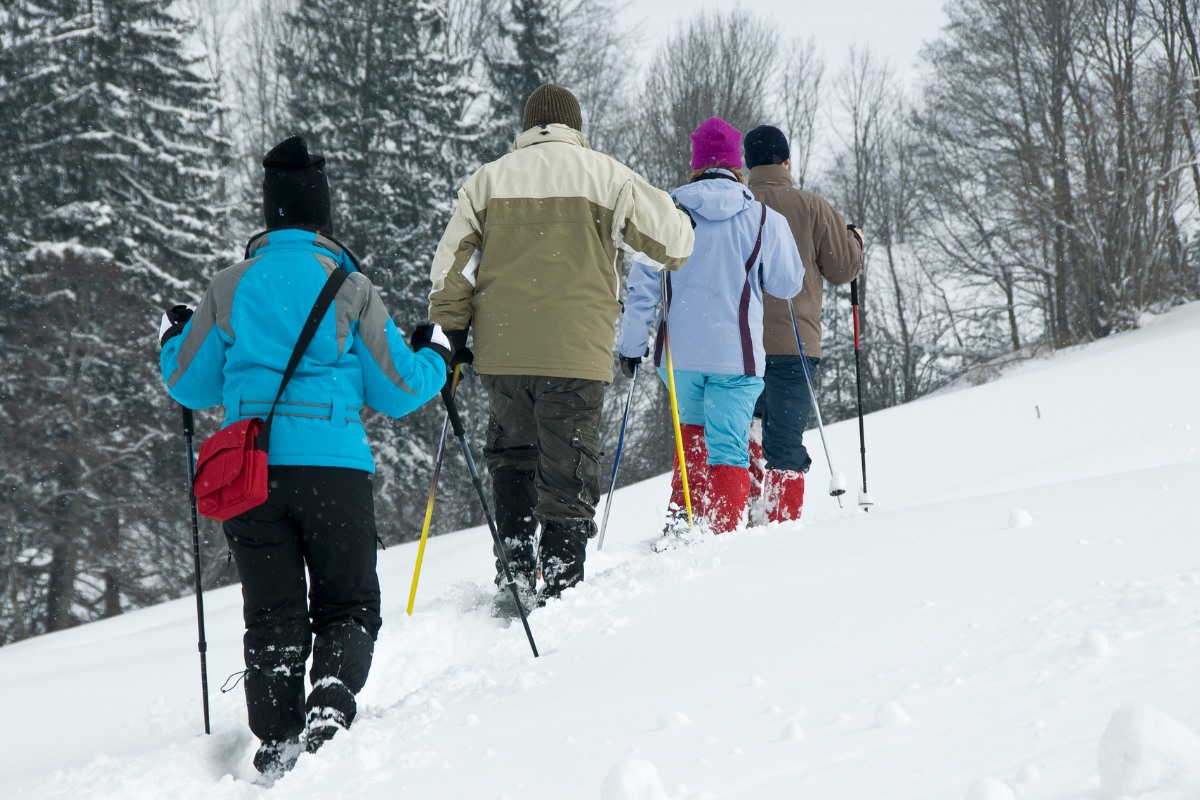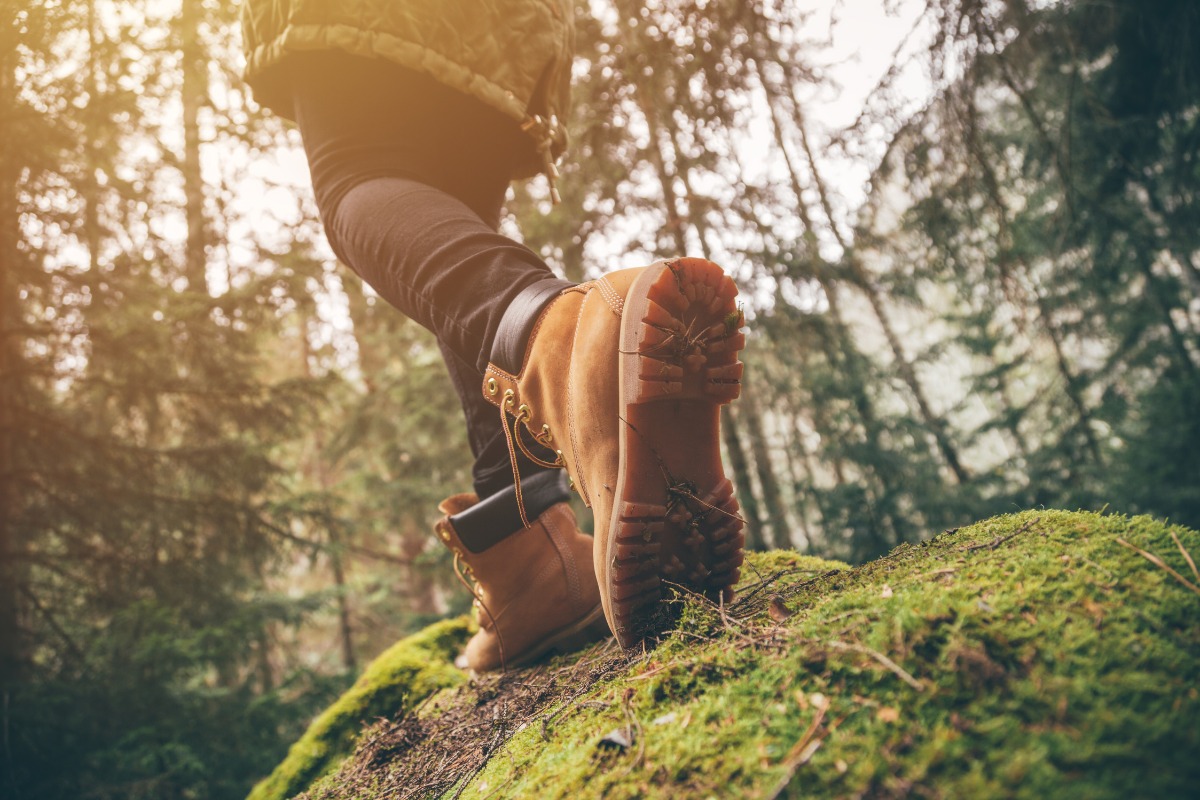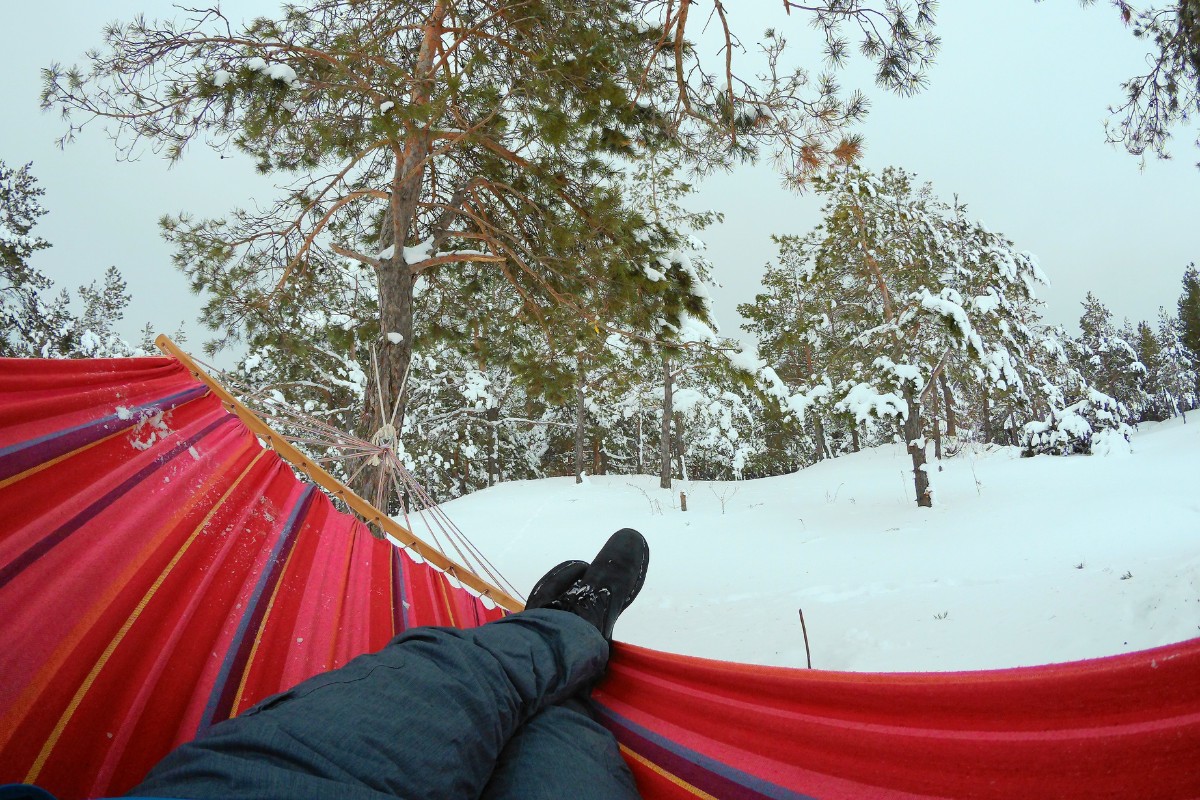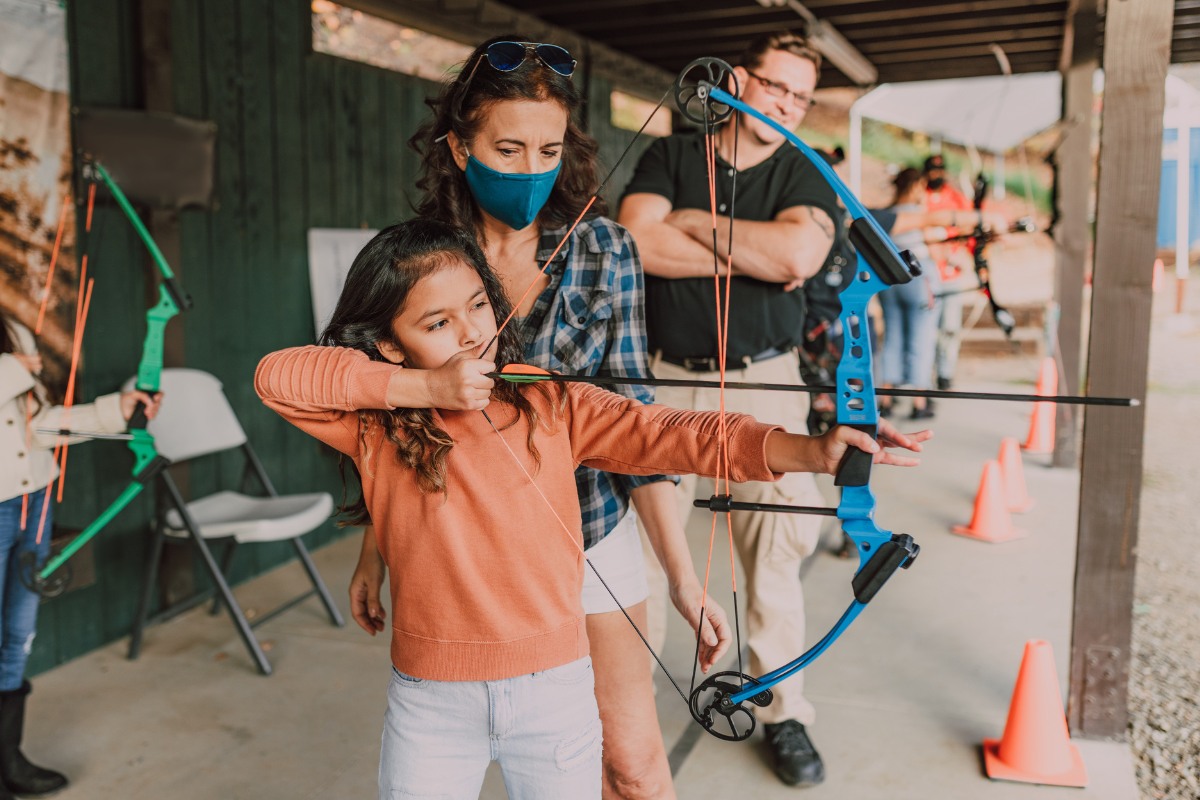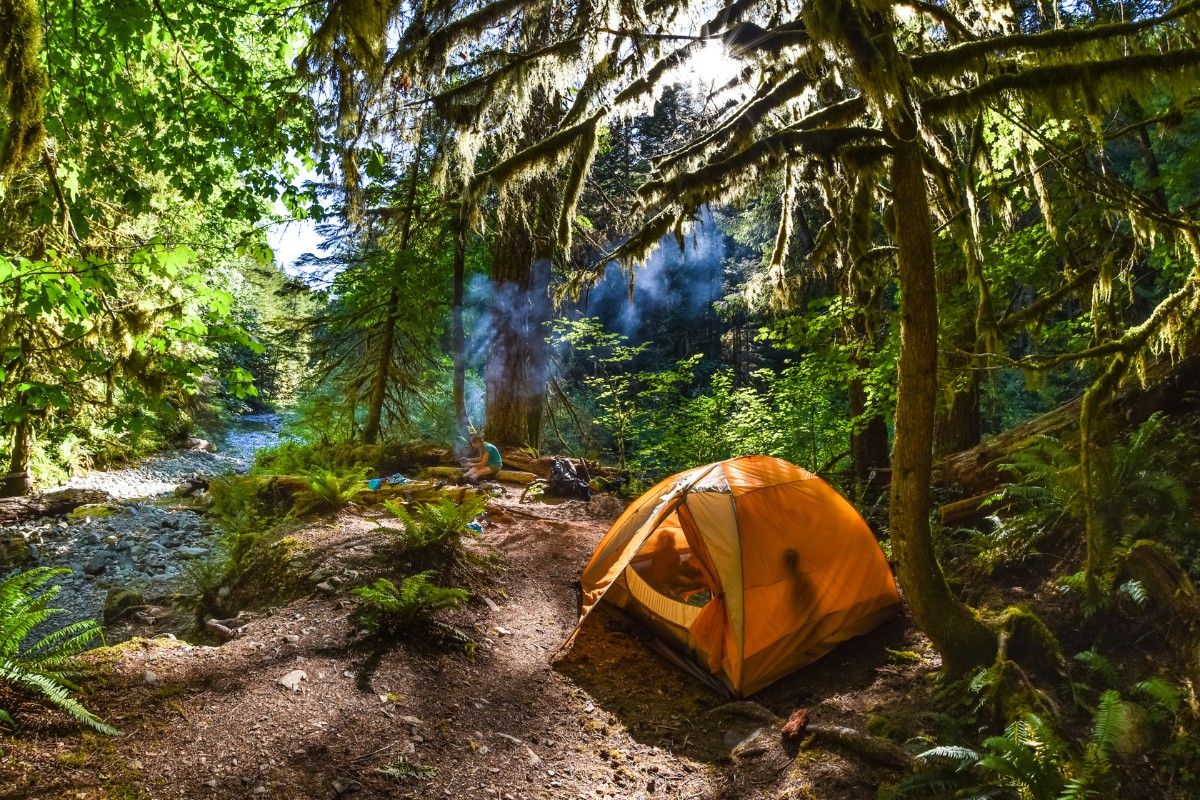If you love hiking, winter shouldn’t be out of bounds as long as you prepare well. Unlike the warmer months, you should shift your mindset before you hit the trail. Think about it – hiking during the winter months comes with many benefits. First, the snow provides unique challenges that novice hikers relish. Also, there are fewer hikers on the trail, so you can enjoy the peace and commune with nature. If you’re craving to hit the trails, you’ve come to the right place. We’ll discuss the tips to follow if you want to make winter hiking a fun and safe experience.
Dress Warmly
The key to staying warm when hiking in the snow is dressing. But first, you must understand the layering basics. If you don’t do full coverage, your body may become uncomfortably cold. Ask any experienced hiker, and they will tell you that it’s better to shed the clothing rather than not have enough.
The base layer provides insulation and wicks perspiration away from the body, while the mid-layer helps to retain the body heat. You also need an outer layer to protect your body from elements like snow, rain, and wind. This explains why the most experienced outdoor enthusiasts gravitate towards thinner fabrics for the base layer. Some of the best fabrics to use are silk, merino wool, and synthetic fabric.
The mid-layer should be breathable – this can be something like a fleece or synthetic jacket. For the third layer, you can use a water-repellent jacket. The secret to winter layering while hiking is being specific about the type of clothing you use. And depending on the level of activity, you can keep adding or removing the layers.
In sub-zero temperatures, frostbite can be a real danger. It can affect your fingers, so covering the extremities is vital. You should also ensure you have two pairs of gloves. The inner layer should provide warmth, while the outer layer should be waterproof. Don’t forget to invest in a quality, waterproof hat. Even if you don’t need one, you should carry it to retain the body heat.
Think about Your Feet
Your snowshoes should allow you to hike and discover the fantastic scenery. Also, they should be designed to tackle any terrain effortlessly. A good snowshoe should have a rigid frame to provide better traction and flotation.
Another vital feature to consider when investing in a snowshoe is the tail. It comes in handy when flotation is required. The decking also matters – it should provide good impact resistance. And, to ensure you don’t leave your foot on the snow when you lift the foot, the shoe should have the right bindings. Of course, the frame should be made of composite materials like carbon fiber or plastic.
Your lightweight summer boot won’t cut it. For easy movement, you need a shoe with a sturdier sole. The correct sock is also paramount. While sock liners may seem like a luxury, they provide the much-needed warmth.
Never Go Alone
Winter hiking poses lots of danger. If you get injured, you don’t want to risk freezing. Why not bring a buddy or two? Winter hiking can be challenging for seasoned hikers. A trail that is easy during the summer season could prove difficult to navigate during winter. Besides, you need someone who can help you in areas with deep snow, river crossings, and locations with extreme winds.
While winter hiking offers spectacular views, you may encounter wild animals. Avalanches may also occur, so you need someone who understands where you are at all times. At the very least, you need a buddy you can share memories with.
When you’re out there in the wild, you could get lost. Sometimes, the trail can become unrecognizable. If you’re in the company of friends, you can shout or blow a whistle, and they can easily find you. If you lose the trail when hiking alone, this can be a nightmare. It’s worth mentioning that even the most experienced hikers get lost, so you should never take chances.
Stay Hydrated
For avid hikers, winter means putting up those camping supplies for months. But for the experienced hikers, the snow invigorates the sight of their favorite hiking trail. Did you know that you lose more water in winter? Well, you need to put in that extra effort to stay hydrated.
Hiking through the snow is physically challenging. While becoming dehydrated isn’t a big problem in everyday life, loss of water while hiking has serious consequences. And because dehydration is a major factor in mountain maladies like hypothermia and frostbite, you should take plenty of water. To keep these conditions at bay, you should take time to replace electrolytes lost due to excessive sweating.
Breathing also plays a key role in water loss. Because the air is drier during winter, your body works harder than it should. In extreme conditions, you breathe out layers of water. So, depending on the availability of water in the area, you should ensure you have enough.
To ensure the water is at room temperature, you must insulate the bottle. Even if you’re not thirsty, you should take a few sips. While you won’t get that refreshing feeling, you’re better off than not taking any at all.
Also, before you hit the trail, you should ensure that you take lots of fluids. It doesn’t necessarily have to be a large glass of water. You can take juice, tea, or milk. But there’s a caveat: when hiking, you should ensure the water is plain. Make sure there’s no kind of flavoring and sugary add-ons, as they can be alluring to your drink.
But it’s not enough to stay hydrated on the hike. You should continue taking water after hiking. This will be helpful if you plan to hike the following day.
Treat Yourself With Snacks
When hiking, your body needs a lot of energy because it’s burning more to stay warm. Therefore, you should pack high-protein snacks. Avoid stopping to eat the snacks, as you’ll have a hard time warming up again. To treat yourself to a job well done, you should stop off for a great meal.
Pack Your Winter Hiking Essentials
While winter hiking comes with its fair share of challenges, you want to do your best to make the trip memorable. So, before you hit the trail, you should ensure you have everything you need. The most important thing is to prepare for any unforeseen situations. To start with, you should have walking poles to navigate the tricky terrain and maneuver steep descents.
What if you get stuck in the dark? A headlamp can help you get back on the trail. Keep in mind that when it gets dark, there’s a high risk of falling, slipping, or tipping. Another important piece of equipment to bring on board is a GPS device. During winter, the trail could get covered by snow. If the route doesn’t look safe, you may want to reevaluate the situation. With a GPS, you don’t need to worry if you get lost. It will help you trace the steps and take you where you want to go. Other things you should bring include a GPS/compass, sleeping bag, matches, pocket knife, headlamp, first aid kit, etc.
Time Your Hike With the Sun
Because winter has short days, you should start hiking early to ensure you make the most of your day hours. You want to time your hike when the sun is warm in the sky. In wintry conditions, you should calculate how long it will take to finish the trail. When hiking on the snow, you’re likely to take longer, and you’ll be much slower.
What about the topographical features? You should hike in areas that are exposed to the sun for the better part of the day. If the area is icy or slippery, you should hit the trail after hours of direct sunlight. And if you plan on catching the sunset, you should ensure you’re not too far from the trailhead.
You should familiarize yourself with the route to ensure the sunrise hike goes off without a hitch. If you check the trail in the dark, the journey will get much harder. The last thing you want is to strip or get lost in unfamiliar trails.
If you don’t want to fight the morning grogginess, you should pack the night before. Be sure to double-check your bag and lay out what you’re going to wear in the morning. That way, everything will be set when you wake up.
Winter Hiking Safety
Did you know there’s a lot you can do to prevent accidents from happening during winter hiking? First, you should check the weather conditions. If there’s poor visibility, chances are that you’ll get lost. To be on the safe side, you should contact the land managers. When in doubt, you may want to avoid going there. You never know – it may not be your best hiking day. If you’re new to hiking, make sure you understand what unstable terrain looks like.
If you’re hiking as a group, you should base your plan on an experienced person. That’s not all. You should tell every member of the group where you’re headed and the estimated time to return.
Final Thoughts
As winter kicks in, you could be losing the motivation to get outside. Hiking can be a way to kick those winter blues, not to mention, it provides unmatched health benefits. Apart from understanding the layering basics, you should ensure you have the right snowshoes. You may want to follow the above tips to stay safe and warm on the trail.
